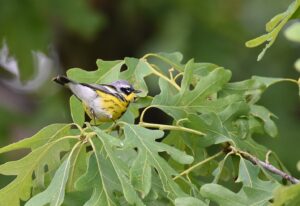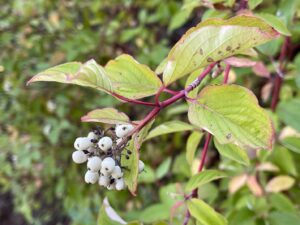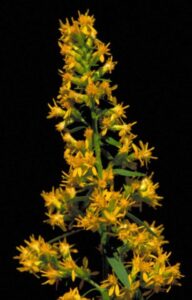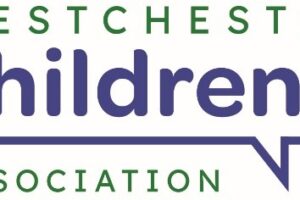If you had to choose just three plants to add to your garden to provide maximum ecosystem benefit, I would recommend starting with these three natives below. These recommendations are based on my own experience and knowledge of planting hardy, low maintenance, low deer-browse native plants that will increase the habitat value of your yard. There are hundreds of wonderful native plants to choose from that would all fit the bill, but these three are my subjective selection, each packed with all kinds of habitat value.
To create a rich, diverse habitat, the structure of your garden needs to be layered from the ground up to the canopy. Wildlife species utilize different vertical layers in the landscape for finding food, nesting sites, and shelter. I recommend adding at least one tree, one shrub, and a few herbaceous grasses or flowers at a time, and then continuing to add plants throughout the layers of your landscape, perhaps planting once a year or every spring and fall.

Top Tree = White Oak
- 521 species of butterflies and moths supported
- Grows up to 50 by 80 feet high and 50 by 80 feet wide
- Prefers full sun and dry to medium soil
White oaks can grow to be centuries old, such as the Bedford white oak, the oldest tree in Westchester, estimated to be over 500 years old. The oaks produce acorns that are fed on by many different species of mammals and birds including nuthatches, thrushes, and woodpeckers that depend on the acorns for nutrition in the fall. Hundreds of different species of butterfly and moth caterpillars feed on the foliage such as the Great Leopard moth and the Red-spotted Admiral butterfly.

Top Shrub = Redtwig Dogwood
- 129 species of butterflies and moths supported
- Grows up to 6 by 8 feet high and 7 by 10 feet wide
- Prefers full sun to part shade and medium to wet soil
Redtwig dogwoods are also known as red osier dogwoods, and osier is the French term for red willowy shoot. Not only do these native shrubs bloom white from May to June, with green foliage that turns shades of red and orange in the fall, they have bright red stems all year long, creating a striking contrast against the winter’s snow. Redtwig dogwoods provide habitat for many kinds of species including pollen and nectar for long-tongued bees, butterflies, flies, and wasps, foliage that is eaten by a diversity of caterpillars, moths, and beetles, and berry-like drupes that are an essential food source for songbirds and wood ducks. This easy to grow native shrub can be planted on its own as a specimen plant or grouped with others to make an informal hedge.

Top Herbaceous = Showy Goldenrod
- 138 species of butterflies and moths
- Grows up to 2 by 3 feet high and 2 by 3 feet wide
- Prefers full sun and dry to medium soil
Our native goldenrods have plenty to offer for a variety of conditions, sun and shade. I am recommending the showy goldenrod, but if your yard is shady, the blue-stemmed goldenrod is well adapted, requiring just 3 hours or so of sun. The yellow flowers bloom July through September and are always abuzz with a diversity of pollinators. The yellow flowers pair beautifully with the blue/purple blooms of our native smooth and aromatic asters.
Within the plant descriptions, I reference the National Wildlife Federation’s Native Plant Finder, www.nwf.org/NativePlantFinder, where you can “search by zip code to find plants that host the highest numbers of butterflies and moths to feed birds and other wildlife where you live.” The NWF plant finder incorporates the research of Dr. Doug Tallamy, an entomologist, ecologist, and conservationist, who’s groundbreaking work on plant-insect relationships has inspired gardeners across the U.S. to plant native and add to America’s Homegrown National Park.
Amanda Bayley is the CEO & Co-Founder of Plan it Wild, a sustainable land management company that is bringing back native habitats to Westchester yards.







Thank you for this quick guide. I am graced with a large, mature backyard with many older shrubs and trees. I can attest that the amount of wildlife – squirrels, rabbits, birds, butterflies, etc., that utilize it are a welcome treat to the senses. the goldenrod will be my next installment.